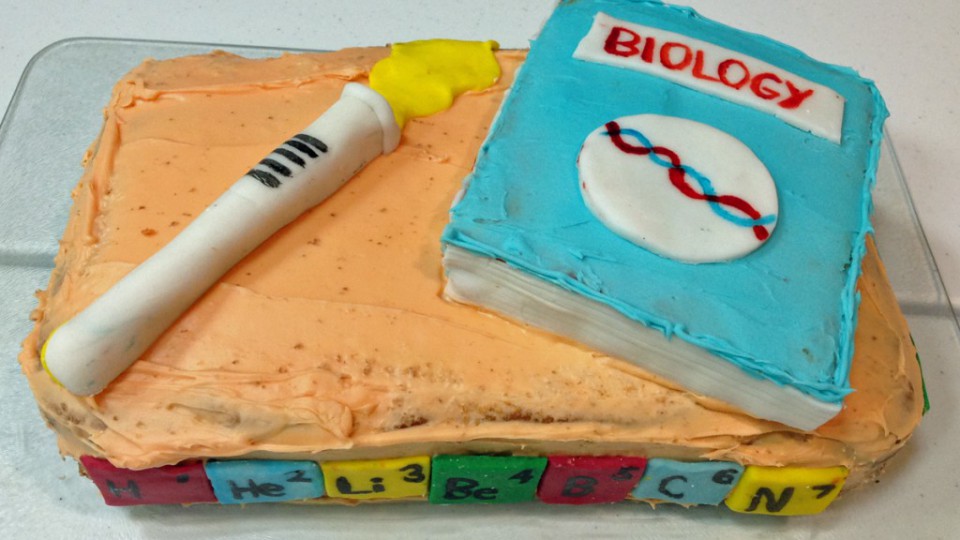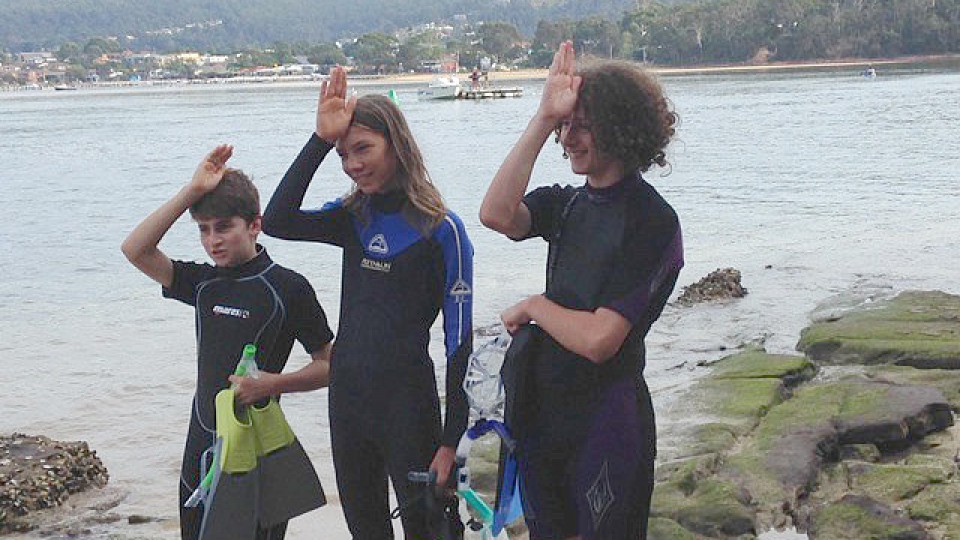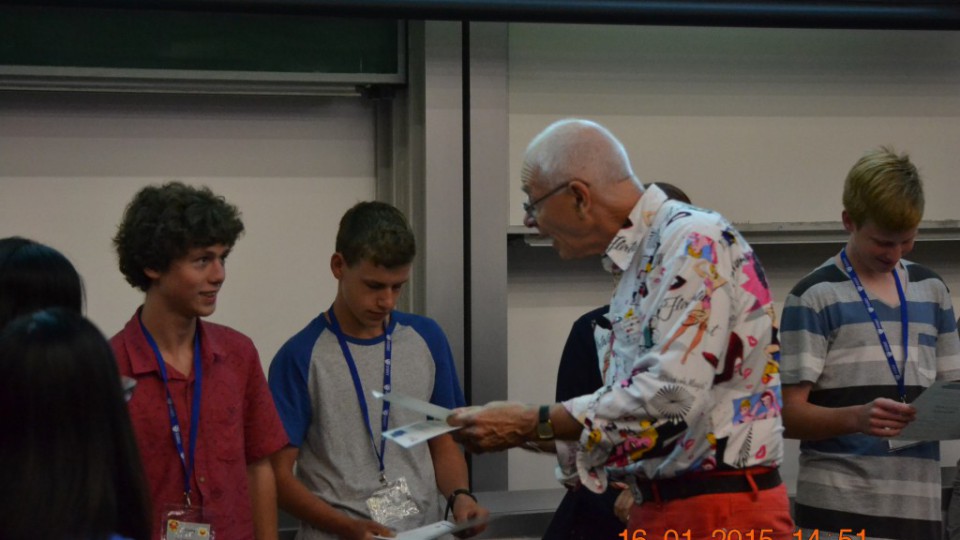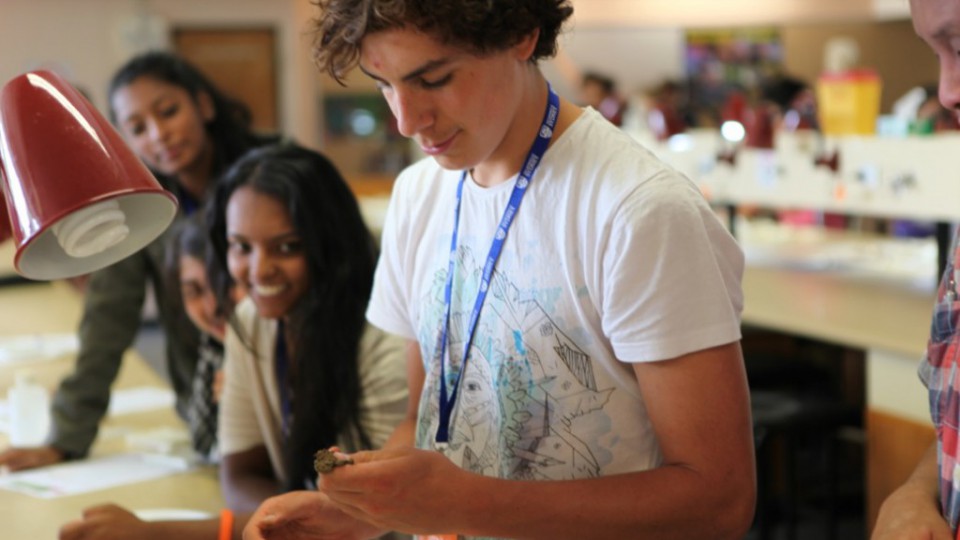Pics from the Kids Get Together Evening, which was a show & tell of students projects, plus a food frenzy.
Photographs: Lis Shelley
Category: Chat
15
Mar2016
Snorkeling morning at Merimbula, hosted by Sapphire Coast Marine Discovery Centre
Photographs: Fiona Gross
11
Apr2015
By Emily S:
On the 10th of April, I travelled to the small locality of Monarto. Monarto is about a forty five minute drive from Adelaide, South Australia. The main attraction of Monarto is the open-range zoological park. Many wild animals are on display at the park, yet the best component of the zoo, is that the animals have much more room than an ordinary zoo. I went on a bus tour of the park with a guide explaining each animal's habits as we went past. I found the carnivore section very intriguing as it was feeding time at the zoo, so to speak. The lions devoured a turkey leg in mere seconds!! I inquired many questions, one of which was about animals ability to recognise another of their species as their relative in the mating season. According to the guide, most animals can tell, and only mate with their sibling as a result of low numbers in their species. Cheetahs have a limited gene pool as their species were close to extinction and they were forced to mate with their relatives, causing severely weakened immune systems.. Humans closest relatives, the primates, were most fascinating. Chimps are able to read and produce facial expressions, which was a serendipitous piece of information, as it relates closely to the topic of my major science project. All in all it was a fabulous day, and I retained much useful information about the many species that they had to show there.
15
Feb2015
From Tim:
We had a good time at the CSI science experience. Dr Karl gave a presentation at the end which the parents attended. He showed lots of photos of his trip to America and combined it with some science facts.
We built a tower from straws to hold up a cup of water.
We tested blood types ( they didn't use their own they had samples provided).
We tested for cauliflower DNA.
We tested soils and pollens.
We identified some bones.
We burnt lots of stuff (with acid) and played with liquid nitrogen.
From Tim:
We had a good time at the CSI science experience. Dr Karl gave a presentation at the end which the parents attended. He showed lots of photos of his trip to America and combined it with some science facts.
We built a tower
from straws to hold up a cup of water.
We tested blood types ( they didn’t use their own they had samples provided).
We tested for cauliflower DNA.
We tested soils and pollens.
We identified some bones.
We burnt lots of stuff (with acid) and played with liquid nitrogen.
01
Dec2014
By Warwick:
Can you solve this puzzle? Use exactly four 4's to form every integer from 1 to 12, using only the operators +, -, x, / and square root.
For example, 4/4 - 4/4 = 0
- You cannot string 4's together to make 44
- You cannot use just three four's or five - it must be exactly four of them
- Try to do it without Googling - with a bit of thought it's not too difficult.
01
Feb2014
By Garry Prothero:
On the 8th-10th of January, Misko and I attended the conocophillip science experience held at the university of Sydney. The program for the three days consisted of a number of lectures and practical experiments in the field of forensic sciences. Overall it was a very interesting and challenging course that was engaging for my age group. I found the most engaging part of the course was the lecture given by Dr Kendall Bailey on Forensic Pathology. Dr Kendall covered many interesting areas on autopsy's and human anatomy.
Overall I think the course was a well structured and very interesting experience. I give it a 9 out of 10!
Special thanks goes out to the YSA (young science association), Jessica Morris and Warwick Adams
24
Jan2014
By Warwick:
Part of the resupply of the International Space Station by an unmanned craft a couple weeks ago was an ant farm!
'Ants in Space' is a school project that will let children on the ground monitor a video feed of an ant colony in orbit to determine how the insects' behaviour changes in microgravity. (Source: New Scientist)
16
Dec2013
This is the Foundation blog pageSticky Post
By Warwick Adams:
Use this page to share your news, thoughts and ideas with others. It is for both students and parents.
You don't have to register or log in - when you add a post (that's the 'Create New Post' button at the right of this page) just enter your name.
There are several categories of post - general chat and news; ideas or issues; and programs and events.
You can also add an image in each post if you like (but just one per post).





